Photo Gallery for Samea castellalis - Stained-glass Moth | 61 photos are available. Only the most recent 30 are shown.
|
 | Recorded by: R. Newman on 2024-11-18
Carteret Co.
Comment: | 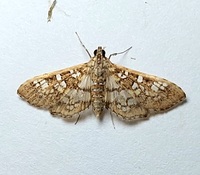 | Recorded by: Mark Basinger on 2024-11-02
Brunswick Co.
Comment: |
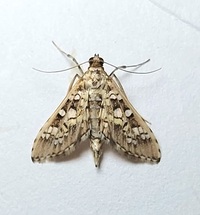 | Recorded by: Mark Basinger on 2024-11-01
Brunswick Co.
Comment: | 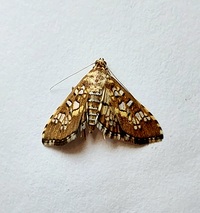 | Recorded by: Mark Basinger on 2024-10-20
Brunswick Co.
Comment: |
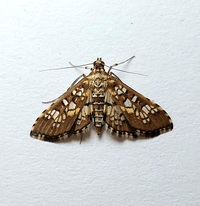 | Recorded by: Mark Basinger on 2024-10-19
Brunswick Co.
Comment: | 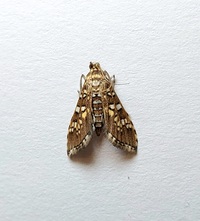 | Recorded by: Mark Basinger on 2024-10-19
Brunswick Co.
Comment: |
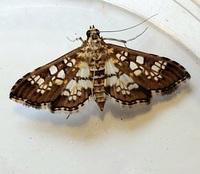 | Recorded by: Mark Basinger on 2024-10-04
Brunswick Co.
Comment: |  | Recorded by: R. Newman on 2024-09-21
Carteret Co.
Comment: |
 | Recorded by: Mark Basinger on 2024-03-08
Brunswick Co.
Comment: | 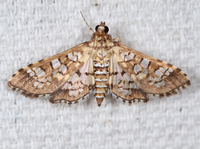 | Recorded by: Jim Petranka on 2023-10-27
Madison Co.
Comment: |
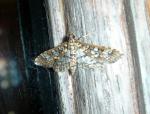 | Recorded by: R. Newman on 2023-10-25
Carteret Co.
Comment: |  | Recorded by: Dean Furbish and Joy Wiggins on 2023-10-25
Pender Co.
Comment: |
 | Recorded by: Dean Furbish and Joy Wiggins on 2023-10-24
Pender Co.
Comment: |  | Recorded by: Mark Shields on 2023-10-13
Onslow Co.
Comment: |
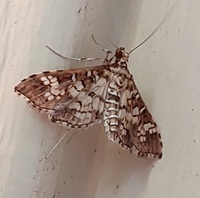 | Recorded by: Mark Basinger on 2023-10-08
Brunswick Co.
Comment: | 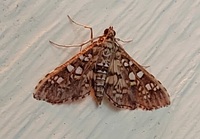 | Recorded by: Mark Basinger on 2023-10-08
Brunswick Co.
Comment: |
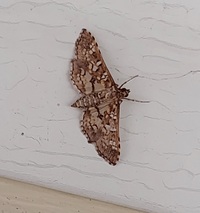 | Recorded by: Mark Basinger on 2023-10-07
Brunswick Co.
Comment: | 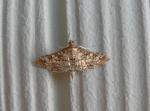 | Recorded by: R. Newman on 2023-10-06
Carteret Co.
Comment: |
 | Recorded by: Mark Shields on 2023-10-06
Onslow Co.
Comment: | 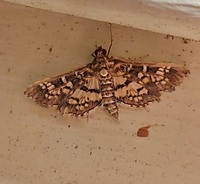 | Recorded by: Mark Basinger on 2023-10-01
Brunswick Co.
Comment: |
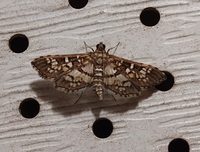 | Recorded by: Mark Basinger on 2023-09-30
Brunswick Co.
Comment: |  | Recorded by: Mark Basinger on 2023-09-15
Brunswick Co.
Comment: |
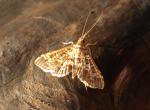 | Recorded by: R. Newman on 2023-09-13
Carteret Co.
Comment: | 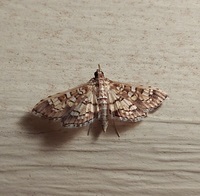 | Recorded by: Mark Basinger on 2023-09-03
Brunswick Co.
Comment: |
 | Recorded by: R. Newman on 2022-11-22
Carteret Co.
Comment: | 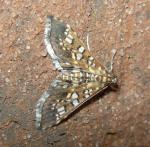 | Recorded by: R. Newman on 2022-10-31
Carteret Co.
Comment: |
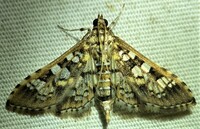 | Recorded by: Dean Furbish and Joy Wiggins on 2022-10-27
Pender Co.
Comment: |  | Recorded by: R. Newman on 2022-10-09
Carteret Co.
Comment: |
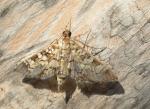 | Recorded by: R. Newman on 2022-09-20
Carteret Co.
Comment: | 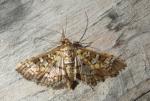 | Recorded by: R. Newman on 2022-08-07
Carteret Co.
Comment: |
|